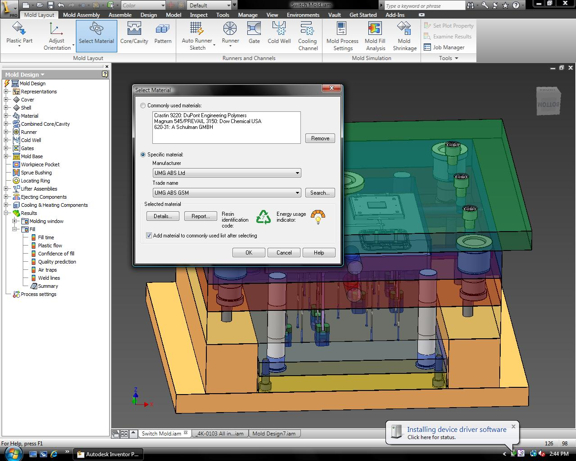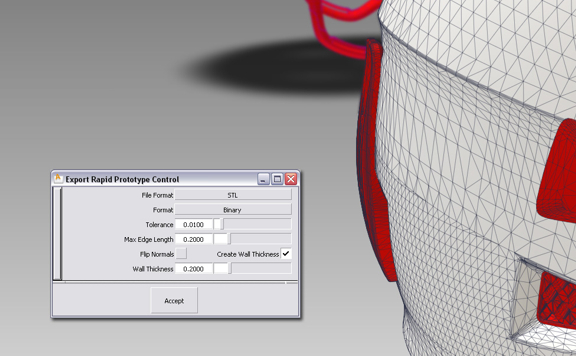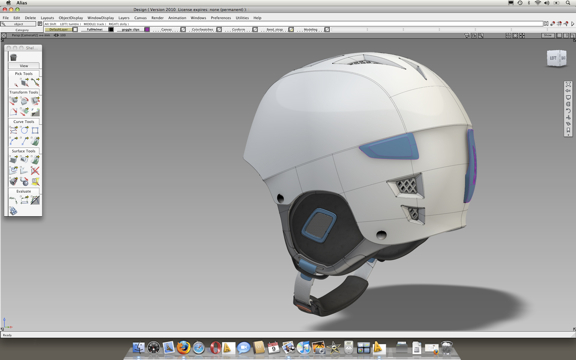April 8, 2009
For the past two days, I’ve been in Portland, Oregon, for a press event hosted by Autodesk’s manufacturing division. To sum up everything I learned in my meetings (7 interviews, spanning 7 hours) in a few hundred words seems like a futile endeavor. Yet, I’ll attempt to do just that.
Autodesk’s 2010 manufacturing portfolio shares a feature that gives Portland its nickname, Bridgetown. The development of 2010 seems to have been fueled by efforts to bridge flagship products with previous acquisitions (AutoCAD and Inventor with Moldflow, PlassoTech, ALGOR, and Navisworks), manufacturing with industrial design (Inventor and Alias), manufacturing with architecture (Inventor and Revit), and manufacturing with rapid prototyping.
Some pieces of Moldflow, a product Autodesk snatched up in May 2008, are now readily available in Autodesk Inventor Professional 2010. The latest release gives you plastic part design and tooling features , which automate many of the steps involved in injection molding. You’ll be able to quickly create core and cavity, patch surfaces, define runners and gates, carve out cooling channels, and simulate flow path. These functions better prepare you to upgrade to Moldflow Adviser and Moldflow Insight, two higher end products targeted at designers and analysts, respectively. These let you simulate molds with multiple materials and verify warpage, among other things.
When Autodesk acquired Moldflow, it also became the proprietor of the material database. The company makes good use of the intellectual data by incorporating energy cost and resin value of the chosen material into the selection dialog box, prompting you to consider the consequence of your design and manufacturing process.

Hilde Sevens, a senior product manager of Autodesk, said, “We intend to keep Moldflow CAD-agnostic,” so if you heppen to use a package from one of Autodesk’s competitors, you won’t be barred from using Moldflow.
Inventor Professional 2010 also marks the introduction of part and assembly simulation, a benefit of Autodesk’s PlassoTech acquisition. This toolset lets you check interferences, simulate assembly components in motion, turn your parts into mesh models, and apply finite element analysis (FEA) solvers.
The AEC exchange feature in Inventor 2010 lets you save your mechanical design as a DWG solid, a useful function for those who want to pass along mechanical structures designed in Inventor to architects using Revit.
Previously, Autodesk gave away Autodesk Vault, its basic data-management platform, for free when you purchase AutoCAD or Inventor. For those who want much more sophisticated functions, it offered ProductStream. This left a gap, a segment of businesses that have outgrown Vault but not yet ready for Productstream. To fix this, Autodesk reorganized the Vault lineup as follows: Vault (free, ships with select Autodesk products); Vault Workgroup ($995); Vault Collaboration ($1,495, for multi-site deployment); and Autodesk Vault Manufacturing ($1,995, Productstream renamed).

The Autodesk Alias product line has also gone through a refinement. Now, the repertoire includes Alias Design (for industrial design and consumer goods); Alias Surface (dynamic 3D surfacing, especially for creating Class A surfaces); and Alias Automotive. Alias 2010 is the first release available on Mac (for OS X 10.5 or higher), opening up the software to a new market segment. Currently, Mac version doesn’t offer direct support for rapid prototyping like Windows version does. (A recent survey indicates Autodesk in inspecting people’s interest in AutoCAD for Mac. Join the conversation here.)
I left Bridgetown this afternoon, just after lunch time. I’m now back home in San Francisco, getting ready to inspect the links between Inventor Professional 2010 and other Autodesk offerings. I’ll be filing a video report on my findings soon, so stay tuned.

Subscribe to our FREE magazine, FREE email newsletters or both!
About the Author
Kenneth Wong is Digital Engineering’s resident blogger and senior editor. Email him at [email protected] or share your thoughts on this article at digitaleng.news/facebook.
Follow DE





